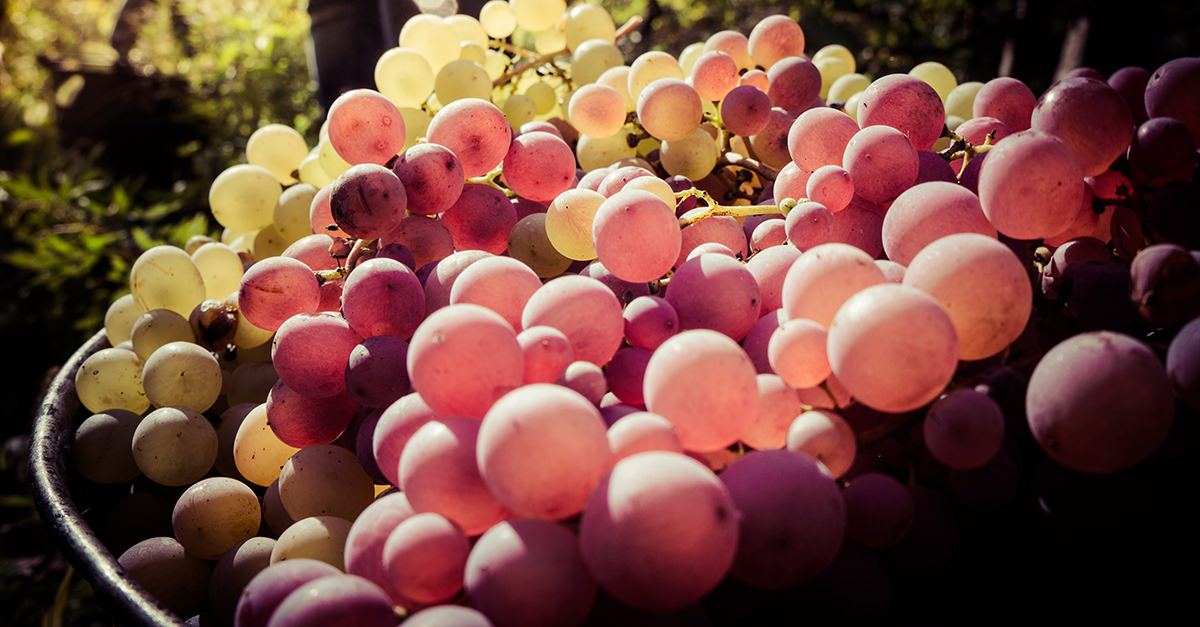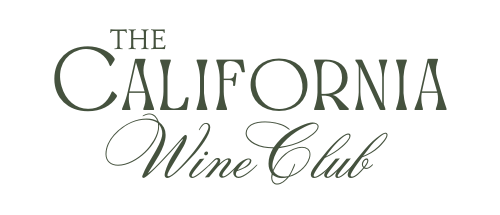Nebbiolo
Nebbiolo is an Italian red wine grape variety predominantly associated with its native Piedmont region, where it makes the Denominazione di Origine Controllata e Garantita (DOCG) wines of Barolo, Barbaresco, Gattinara, Ghemme, and Roero, together with numerous DOC wines. Nebbiolo is thought to derive its name from the Italian nebbia or Piedmontese nebia, meaning 'fog'. During harvest, which generally takes place late in October, a deep, intense fog sets into the Langhe region where many Nebbiolo vineyards are located. Alternative explanations refer to the fog-like glaucous veil that forms over the berries as they reach maturity, or that perhaps the name is derived instead from the Italian word nobile, meaning 'noble'. Nebbiolo produces lightly-colored red wines which can be highly tannic in youth with scents of tar and roses. As they age, the wines take on a characteristic brick-orange hue at the rim of the glass and mature to reveal other aromas and flavours such as violets, tar, wild herbs, cherries, raspberries, truffles, tobacco, and prunes. Nebbiolo wines can require years of ageing to balance the tannins with other characteristics. Ampelographers believe that Nebbiolo is indigenous to the Piedmont region, though there is some DNA evidence to suggest that it could have originated in the Valtellina area of northern Lombardy, just to the east. In the 1st century AD, Pliny the Elder noted the exceptional quality of the wine produced in the Pollentia region located northwest of what is now the Barolo DOCG zone. While Pliny does not explicitly name the grape responsible for these Pollenzo wines, his description of the wine bears similarities to later descriptions of Nebbiolo-based wines, making this potentially the first notation of wine made from Nebbiolo in the Piedmont region. The first explicit mention of Nebbiolo dates to 1268, in which a wine known as "nibiol" was described as growing in Rivoli near Turin. This was followed by a 1303 account of a producer in the Roero district described as having a barrel of "nebiolo" (sic). In the 1304 treatise Liber Ruralium Commodorum, the Italian jurist Pietro Crescenzi described wine made from "nubiola" as being of excellent quality. In the 15th century, statutes in the region of La Morra (in what is now the Barolo zone) demonstrated the high esteem that the Nebbiolo vine had in the area. According to these laws, the penalties for cutting down a Nebbiolo vine ranged from a heavy fine to having the right hand cut off or hanging for repeat offenders. The grape first captured attention outside Piedmont in the 18th century, when the British were looking for alternative wine sources to Bordeaux due to prolonged political conflicts with the French. However, the lack of easy transport from Piedmont to London would keep the Piedmontese wine from having the enduring relationship with British connoisseurship that is associated with Bordeaux, port and sherry. Nonetheless, plantings of Nebbiolo continued to grow during the 19th century until the phylloxera epidemic hit. With vast swaths of vineyards devastated by the pest, some vineyard owners decided to replant with different grape varieties, with Barbera being a significant beneficiary. Today, Nebbiolo covers around 9% of Piedmont vineyards, compared to the 30% occupied by Barbera.
Source: Wikipedia



